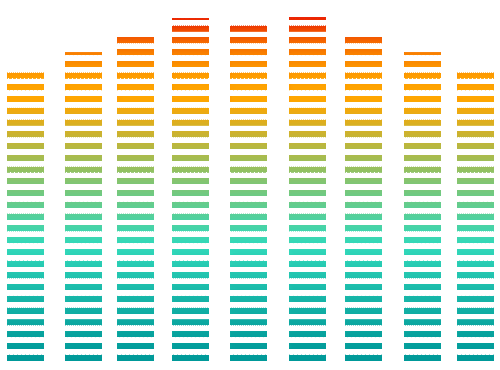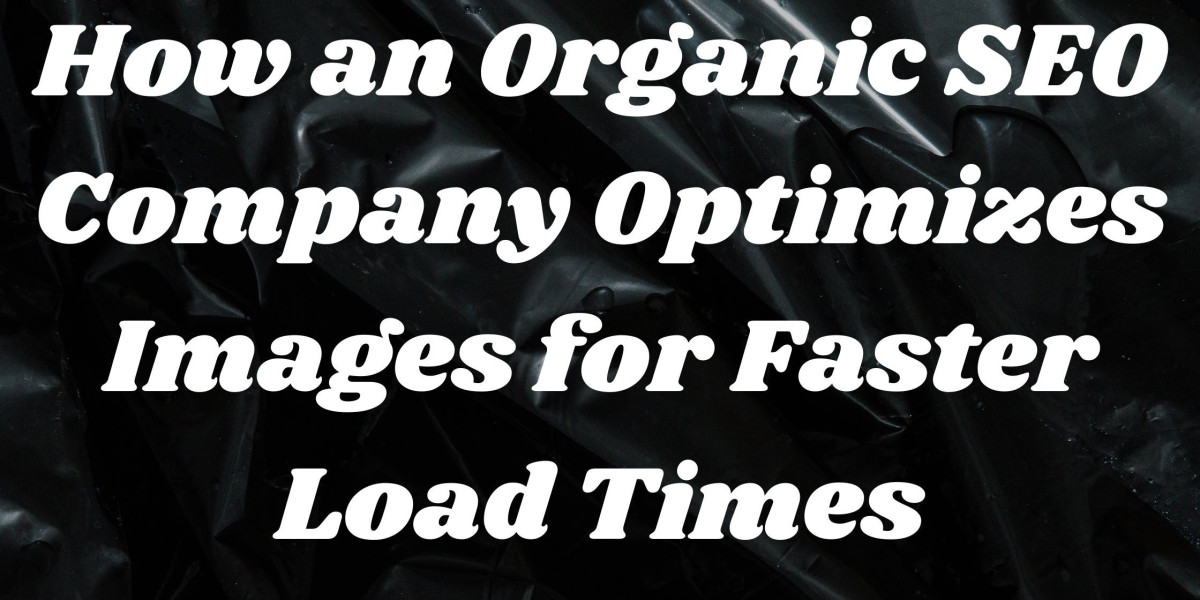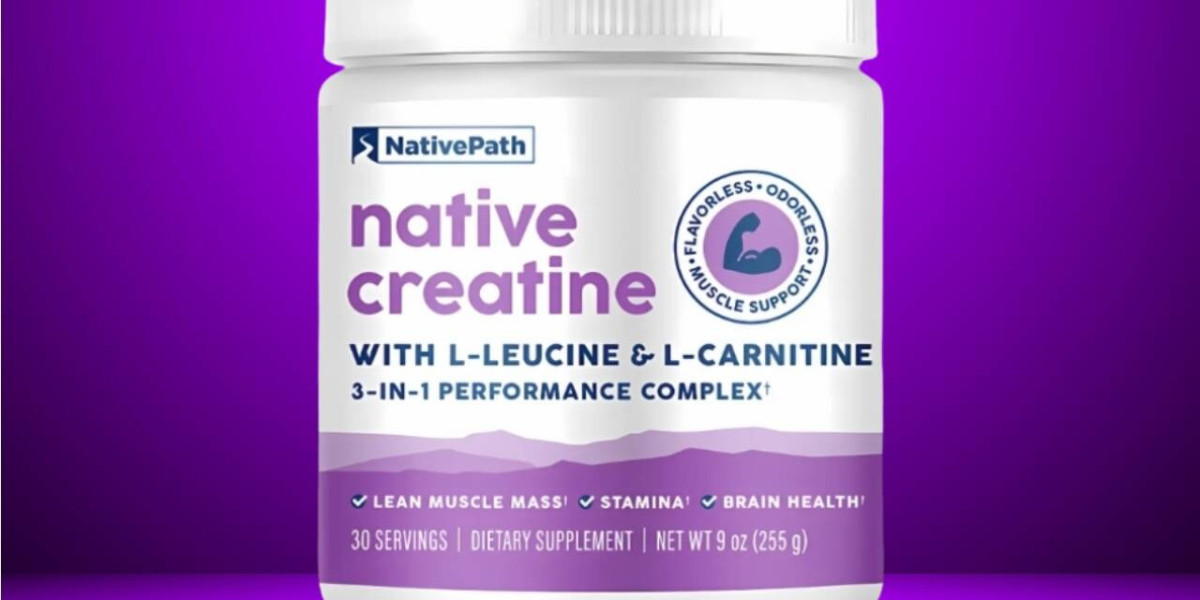Have you ever clicked on a website, only to watch the loading wheel spin endlessly? It’s frustrating, isn’t it? What if we told you that poorly optimized images are often the hidden culprit behind sluggish website performance? In the fast-paced world of digital marketing, where seconds matter, an organic SEO company prioritizes image optimization to ensure seamless user experience and improved search rankings.
So, how exactly do they do it? Let’s break it down.
Understanding the Impact of Image Optimization on Website Performance
Why Image Load Time Matters
In a digital landscape where speed is king, even a one-second delay in loading time can lead to a 7% loss in conversions and a 40% drop in user engagement. Search engines like Google take note of this, ranking slow websites lower in search results.
Optimizing images isn’t just about compressing file sizes; it’s about delivering high-quality visuals without compromising performance. This delicate balance ensures your website remains visually appealing while loading in a flash.
Best Practices for Image Optimization
1. Choosing the Right File Format
Not all image formats are created equal. Selecting the right one can significantly impact page speed.
- JPEG: Best for photographs with a lot of colors and detail.
- PNG: Ideal for images requiring transparency but tends to have larger file sizes.
- WebP: A modern format that provides high-quality images at significantly smaller file sizes compared to JPEG and PNG.
- SVG: Perfect for icons and logos as it scales without losing quality.
2. Compressing Images Without Losing Quality
Compression is a key technique that reduces file sizes while maintaining image clarity. Organic SEO companies rely on advanced compression tools like:
- TinyPNG and JPEGoptim – Online tools that intelligently reduce file size.
- Adobe Photoshop’s Save for Web – A manual approach for fine-tuning image quality.
- ImageOptim and ShortPixel – Plugins that automate compression without noticeable loss in quality.
3. Leveraging Lazy Loading for Faster Rendering
Why load images that aren’t immediately visible? That’s where lazy loading comes into play. This technique ensures that images load only when they enter the user’s viewport, reducing initial page load times dramatically. Most modern CMS platforms, like WordPress, support lazy loading natively.
4. Implementing Next-Gen Image Formats
Google recommends using next-gen formats like WebP and AVIF for faster load times without sacrificing image quality. These formats use advanced compression algorithms, offering up to 50% smaller file sizes compared to traditional formats.
5. Optimizing Image Dimensions for Different Devices
With users accessing websites from desktops, tablets, and smartphones, an organic SEO company ensures that images are resized appropriately for each device.
- Responsive images automatically adjust based on screen size.
- CSS media queries help display the correct image size depending on the device.
6. Using Content Delivery Networks (CDNs) for Faster Load Times
A CDN distributes images across multiple servers worldwide, allowing users to load them from the nearest server location. This dramatically reduces latency and speeds up page load times for a global audience. Popular CDNs include Cloudflare, Amazon CloudFront, and Fastly.
7. Adding Descriptive Alt Text for SEO and Accessibility
While images are primarily visual, search engines rely on alt text to understand their content. A well-crafted alt text serves two purposes:
- Boosting SEO by helping search engines index your images correctly.
- Enhancing accessibility by providing descriptions for visually impaired users using screen readers.
For example, instead of writing "image of a smartphone," a better alt text would be: "A sleek black iPhone 14 with a vibrant OLED display."
The Technical Side of Image Optimization
1. Enabling Browser Caching for Faster Load Times
Browser caching stores image files temporarily, preventing the need for repeated downloads when users revisit a page. Configuring caching headers in your website’s .htaccess file can significantly enhance performance.
2. Using Image Sprites to Reduce HTTP Requests
Instead of loading multiple individual images, CSS sprites combine them into a single file, reducing HTTP requests and improving page speed. This technique is commonly used for icons and small graphical elements.
3. Implementing Gzip Compression
Gzip compression minimizes the size of image-related HTTP responses, making it easier for browsers to load content efficiently. Enabling Gzip on your server can cut down image transfer sizes by up to 70%.
Conclusion
Image optimization is an art and a science, requiring a strategic approach to balance quality and speed. A well-optimized website not only enhances user experience but also boosts search engine rankings.
With competition growing fiercer in the digital space, working with an organic SEO company ensures that your website stays ahead—fast, efficient, and visually stunning




